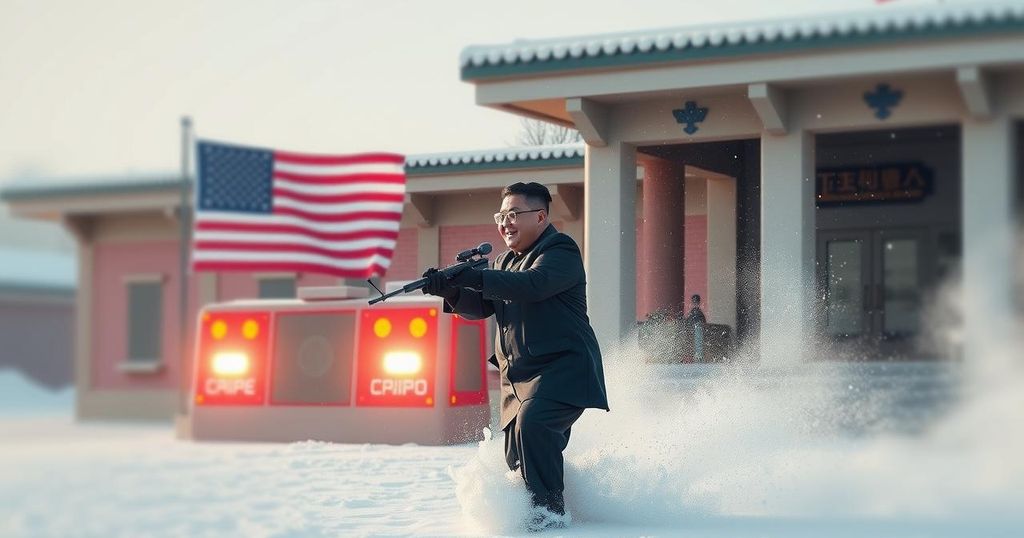North Korea, under Kim Jong Un’s leadership, declared a new “strongest” response strategy towards the United States during a recent ruling party meeting. This decision underscores the regime’s focus on national security in light of perceived threats from U.S. alliances in the region. Additionally, the meeting reviewed domestic challenges, including flood relief efforts, and indicated a desire to strengthen relations with allied nations.
During a recent ruling party meeting held from December 23-27, North Korean leader Kim Jong Un announced an aggressive strategy in response to the United States, as reported by state media KCNA. The reported strategy aims to fortify national security amidst increasing tensions with the U.S. and its allies, particularly as South Korea has been characterized as an “anti-communism outpost” supporting American interests. The meeting also touched upon the government’s response to flood-related hardships earlier in the year and affirmed a commitment to enhancing relations with countries deemed “friendly.” This assembly is part of a tradition where significant policy directions are publicly revealed. Moreover, the plenary coincided with a year marked by North Korea’s engagement with Russia, notably a summit with President Vladimir Putin that included discussions of military cooperation amid the backdrop of ongoing geopolitical conflicts.
The developments in North Korean policies reflect a broader context of escalating tensions in Northeast Asia, particularly following North Korea’s increasing military activities and alliances with nations like Russia. This particular meeting is emblematic of the regime’s efforts to consolidate power and assert a strong stance against perceived threats from the United States and its allies. The characterization of South Korea as a military ally of the U.S. highlights the ongoing polarization in the region, where North Korea feels compelled to enhance its self-defense strategies. Furthermore, the commitment to engage with “friendly” nations underscores North Korea’s diplomatic maneuvering amidst isolation from Western powers.
In conclusion, the declaration of a “strongest” response strategy by North Korea underscores the regime’s approach towards heightened military readiness in the face of external pressures, specifically from the United States and its allies. The meeting also reflects an attempt to regain focus on domestic challenges while reinforcing international alliances that support the North Korean government’s stance. This convergence of military posture and diplomatic overtures may significantly influence regional security dynamics moving forward.
Original Source: www.hindustantimes.com






